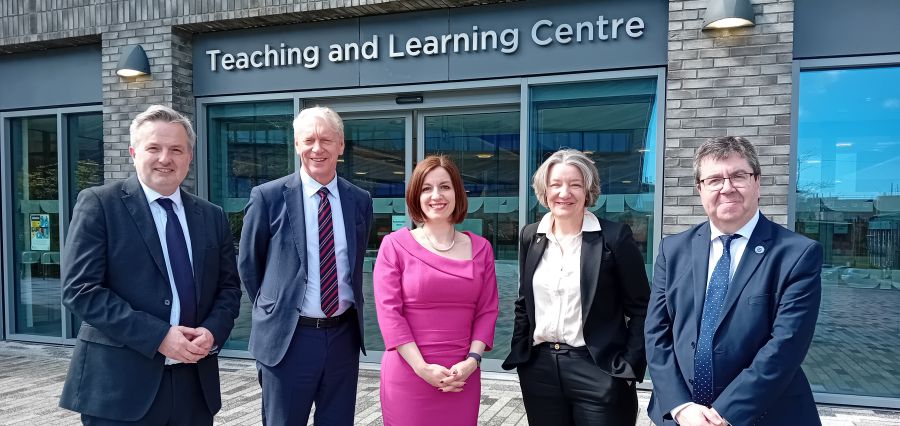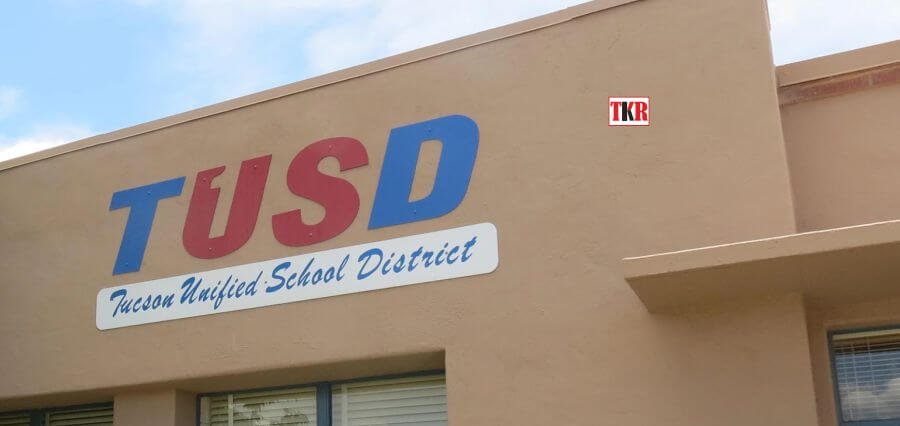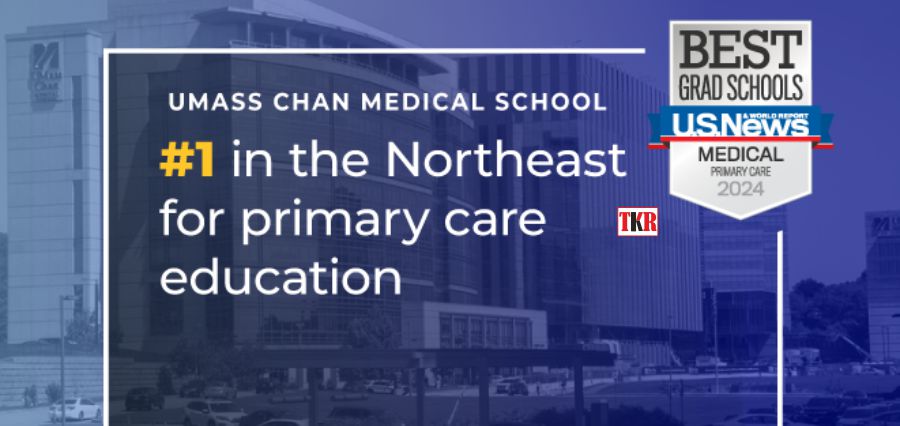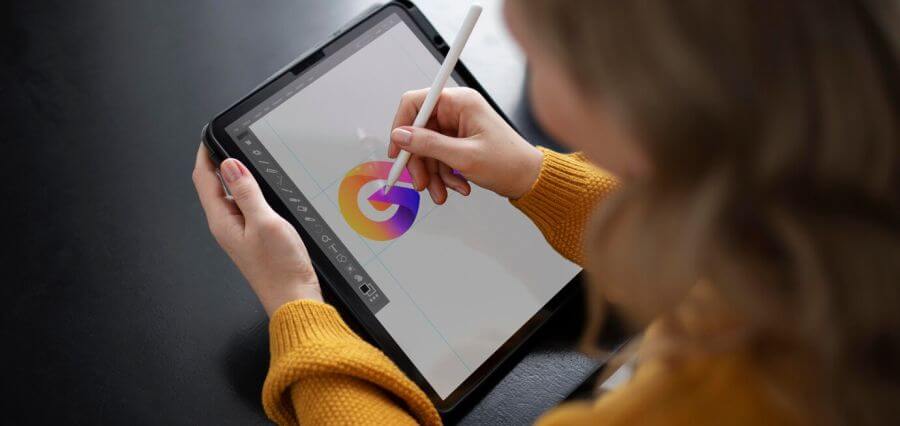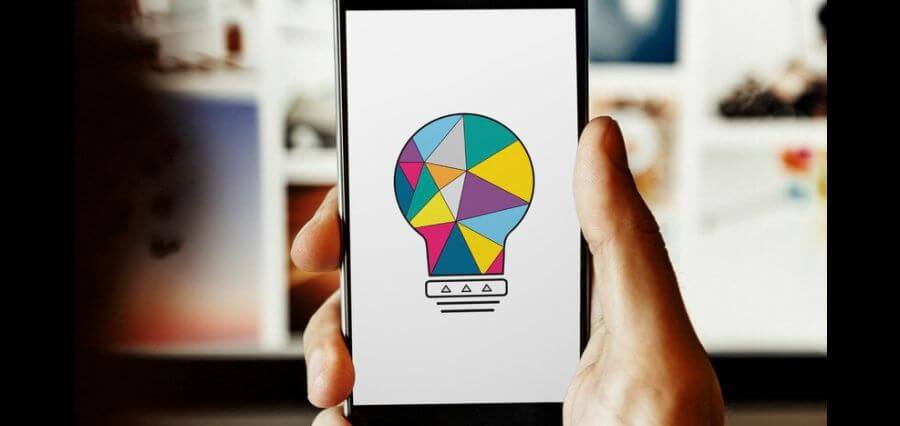According to some reports, there are nearly 2.5 billion people on Facebook; in India, there are nearly 700 million people having internet access; there are over 3.5 billion mobile phone connections in the world. ‘Internet of Things’, or IoT as it is called, is no longer a myth but here to stay. Increasingly, Artificial Intelligence and Machine Learning seem omnipresent and coupled with Data Analytics, appear to govern the way we live and work.
I have started categorising people into two – BG and AG (no longer BC and AD!); ‘Before Google’ and ‘After Google’. These two are very different, as distinct as chalk and cheese! They are born into different environments, different worlds, different contexts. Their thinking is largely conditioned by the environment in which they live(d). Their aspirations and expectations are vastly different. The AGs, in particular, appear to be aliens to those who are BGs. BGs do not understand the AGs – perhaps a very few do!
The AGs live in a world that is mostly uncertain, complex, unstructured, and ambiguous – many people call this the VUCA (volatile, uncertain, complex, and ambiguous) world. Research studies on the so called ‘millennials’ or the ‘Gen-Y’ show that these AGs have perceptions that is based not on the past, but the present and the future; not on the theoretical foundations, but on practical applications; not on ‘what was/is’ but ‘what can be’. It is this group of AGs who are learners of today. So, how will conventional classroom delivery of syllabus contents meet the requirements and expectations of these AGs?
Conventional classroom delivery or teaching methodology is largely based on the premise that the ‘teacher’ knows more and better than the student and hence he/she has to ‘teach’ what he/she thinks the student has to learn. This premise is no longer true. We are dealing with a completely different set of ‘learners’ today. They ‘learn’ best at their own pace, their own space, their own way, and their own contents. They want to decide what to learn, where, how, and when. Teaching methods, particularly in higher education – undergraduate and postgraduate levels – have to be tuned differently in order that the ‘learner’ benefits most from such ‘teaching’.
It is often said that information becomes obsolete every 11 hours; so, what the teacher learnt from a text book that itself is two years old the previous night is completely obsolete the next morning when he/she goes to the classroom to teach. Thanks to Wikipedia, Google, and such other technological tools, the latest and most recently updated information is available to the student at the click of a button. We are dealing with learners who are constantly in search of the latest and the most current. They have neither the patience, nor the inclination for the old. Teachers need to change their teaching methodology in order to be effective and successful.
In my view, particularly in management education, ‘lecture’ method should be restricted to not more than 30% of teaching and the remaining 70% should comprise methods that engages the learner in the process of learning. ‘Massive Open Online Courses’ or MOOCs provide a great opportunity to the learners for self-learning. MOOCs provide an affordable and flexible way to learn new skills. ‘Flipped Classroom’ is another methodology for ensuring achievement of expected learning outcomes. This provides for the learners to be an integral part of the teaching-learning process through intense discussions and critical questioning. Use of audio and visual clips can enhance learning. In other words, it is of importance that the learner is actively engaged in the learning process. It is necessary for the teacher to recognise and use the conceptual framework of David Kolb and the learning styles.
‘Bring Your Own Device’ or BYOD has been a frequently word acronym in education. Recognising the impact of technology and the benefits that the teachers and learners gain from extensive use of technology, BYOD policy enables the teacher and the learner to communicate with each other and continuously learn without the constraints of physical space, time, and geography. It helps enhance critical thinking skills through discussions and debates.
Ultimately, the purpose of education, in my view, is to imbibe the ability to question critically, to distinguish between right and wrong, to learn and share new knowledge, to acquire new skills, and to internalise all these for becoming a vastly desirable human. Technology is impacting education in a big way. The ‘how’ part of education is undergoing never-before changes – the teaching methodology of the past is no longer adequate to meet the challenges thrown by advancements in technology. It is the responsibility of teachers to recognise the changes and embrace technology not only to survive but to stay relevant.
About the Author
Prof. Balasubramanian is currently the Director of GRG Centre for Advanced Studies, Coimbatore. He is a Graduate in Mechanical Engineering from the University of Madras and holds PG Diploma in Management (MBA) from IIM Calcutta.
He has 30 years of experience in industry – private and public sector in India and abroad.
He has been in the academia since 1999. His focus in management education is in the design and development of curriculum, and faculty development. He is passionate on the effective use of technology in management education.
He serves as a Member of the Council of Management of All India Management Association (AIMA); Education Panel of CII Southern Region; Education Panel of CII Coimbatore Zone; and, the Managing Committee of Coimbatore Management Association.


